PVT Solar Panels
PVT solar panels, also known as hybrid solar panels are high-efficiency devices that integrate both solar electricity (photovoltaic) generation and solar hot water in one panel.
As a reliable PVT solar panel manufacturer in China, ZN cutting-edge PVT technology helps you maximize energy savings by delivering superior performance at competitive prices.

Maximize Solar Energy with PVT Solar Panels
ZN PVT solar panel boast a total energy utilization rate (electricity + heat) of up to 81%. This is 4 to 5 times more efficient than standard PV panel.
Superior Efficiency
Boost PV electricity generation by 8-15% with integrated liquid cooling. Each PVT panel provides a powerful electrical output of up to 550W.
All-Season Energy
Provides year-round hot water and solar heating. With a 2.56 m² heat exchange area, each panel delivers an thermal output of up to 1757W
Built for All Climates
Engineered for consistent performance from -40°C to 85°C with antifreeze, ensuring maximum energy output in any climate.
The Main Structure of ZN PVT Solar Panels

Front: Electricity Generation
144 pcs high-efficiency N-type monocrystalline silicon cells offer ≥21.8% photovoltaic efficiency and an 87.4% performance for 30 years
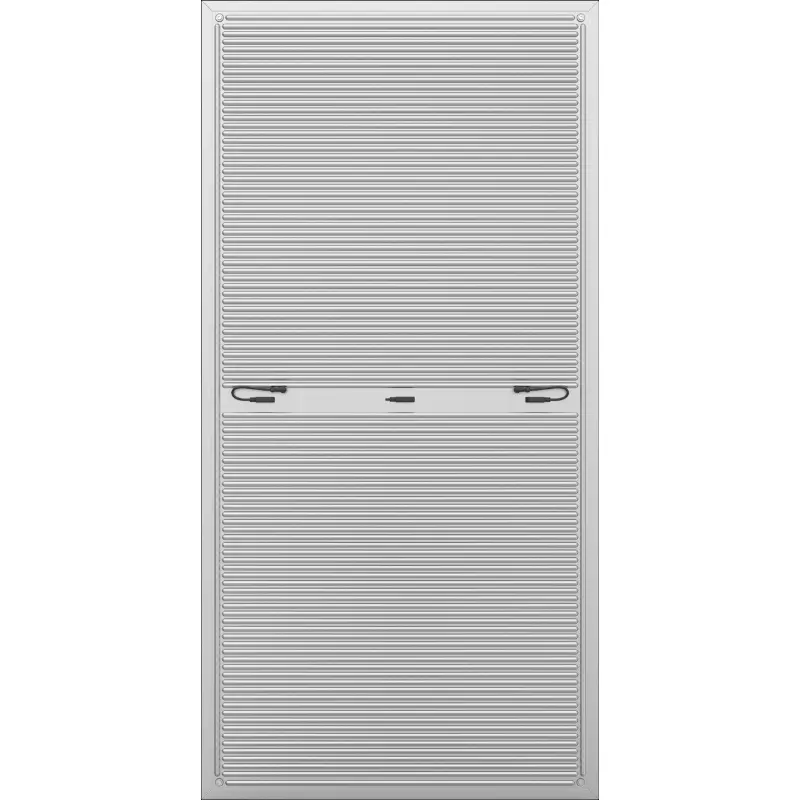
Middle: Thermal Collection
Patented SUS 304 stainless steel full-flow plate technology ensures ≥45% thermal collection efficiency. This robust design provides corrosion resistance, great weatherability, and high strength for long-term use.
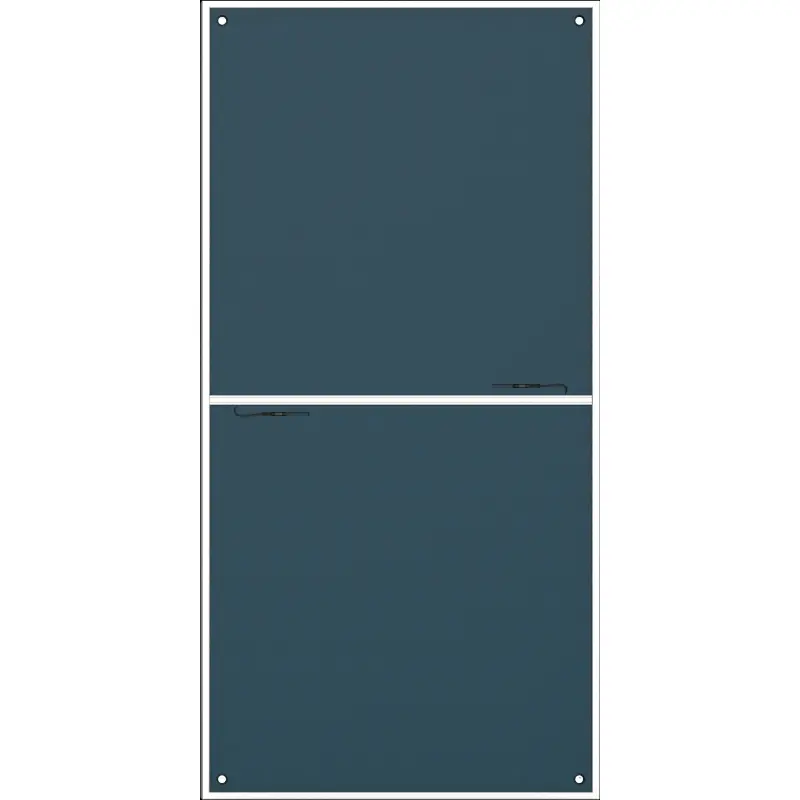
Back: Thermal Insulation
The back side is constructed with EPP thermal insulation, which provides superior insulation to maximize the system's overall efficiency and energy retention.
ZN PVT Solar Panel Specifications

General Data
• Length: 2279 mm
• Width: 1134 mm
• Thickness: 35/50 mm
• Weight: 45/66 kg
• Max Positive Mechanical Load: 5400 pa
• Max Negative Mechanical Load: 2400 pa
• Frame: Anodised aluminium
• Glass: Ultra clear tempered glass
• Connector: MC4/Other
• Junction Box: Protection level IP68
• Total Power: 2000/2287 W
Electrical Data
• Nominal Power: 550 W
• Maximum Operating Voltage (Vmax): 41.29 V
• Maximum Operating Current (Imax): 13.33 A
• Open Circuit Voltage (Voc): 49.72 V
• Short Circuit Current (Isc): 13.81 A
• Voltage Temperature Coefficient (μVoc): -0.252%/℃
• Current Temperature Coefficient (μlsc): -0.048%/℃
• Power Temperature Coefficient (μPmpp): -0.332%/℃
• Power Tolerance: 0 ~ +3%
• Output Cables: 4.0mm², (+): 250mm, (-): 300mm
Thermal Data
• Maximum Power: 1450/1757 W
• Heat Exchange Area: 2.56m²
• Heat Exchange Connection: DN15(1/2″)
• Operating Temperature: −40 ∼ 85°C
• Working Pressure: <0.2Mpa
• Thermal Collector Plate: SUS 304 Stainless Steel
• Optimal Working Temperature: 20 ∼ 50°C
• Insulation: EPP Insulation Foam
• Operating Medium: PVT Specialized Antifreeze
Reduce Energy Costs
Save on electricity and heating bills with a system designed to capture more of the sun’s energy.
Eco-Friendly Solution
Lowers carbon emissions with clean, renewable solar energy.
Scalable Design
Adaptable for households (150L–300L tanks) or enterprise needs.
Explore Your Hybrid Solar Solutions

PVT Solar Electric and Hot Water System
How It Works
When the PVT panels collect thermal from sunlight, a temperature sensor detects the increase in heat. If the panel’s temperature is higher than the water in the storage tank, the control system automatically activates a circulation pump. This pump moves antifreeze fluid to efficiently transfer the heat to the storage tank.
Water & Power
The system uses a top-fill hot water tank. When you turn on the hot water, cold water automatically enters the bottom of the tank, pushing the hot water out.
The electricity generated by the panels can be used to heat the water, power your home, or be sent to the grid, balancing energy savings and economic benefits.
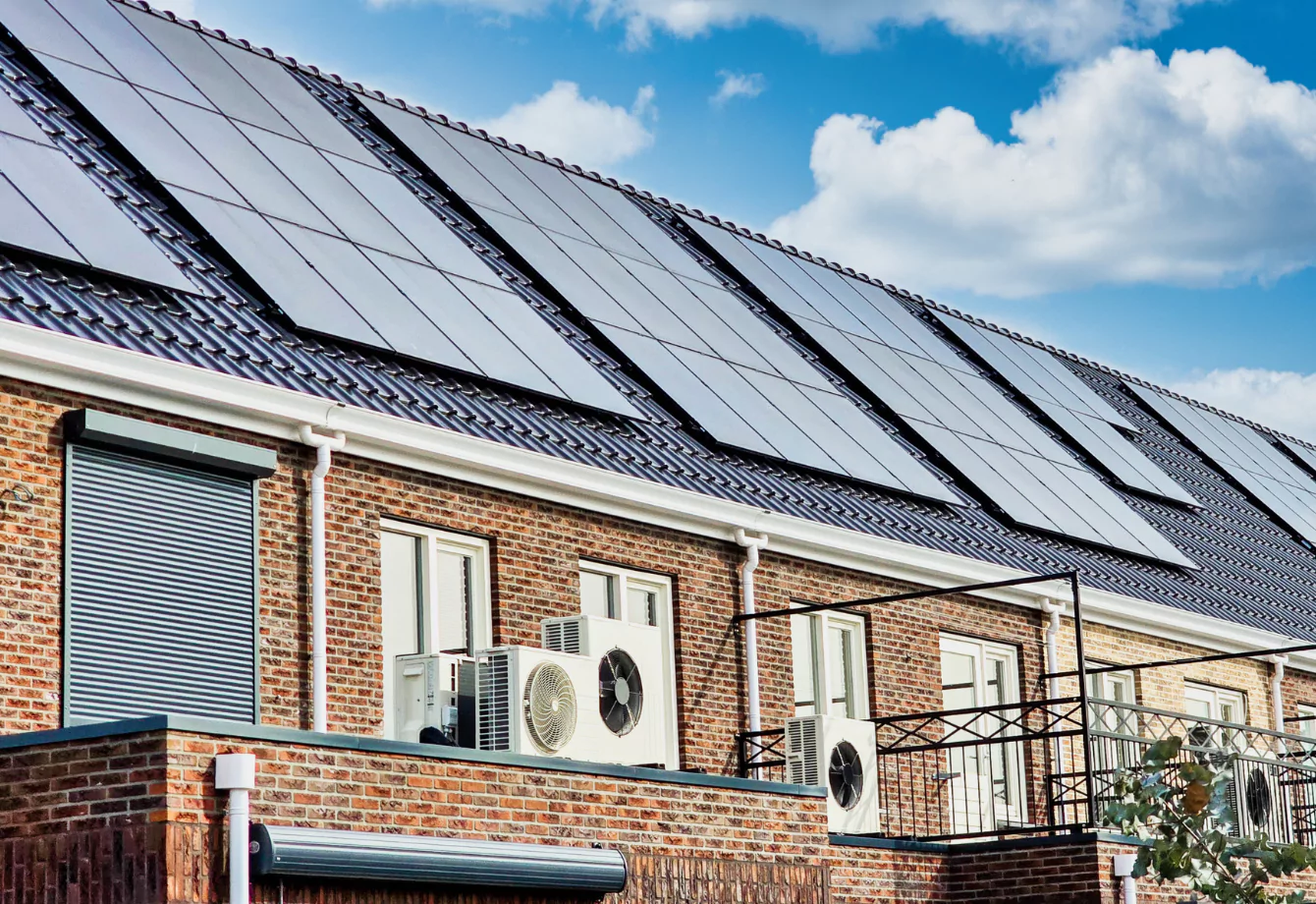
PVT Solar Panels Power Heat Pumps with Dual Energy
ZN PVT solar panels offer a brilliant synergy with heat pump. The thermal side of the PVT panel heats circulating water, acting as a low-grade heat source for heat pump.
The heat pump then further raises this water temperature for your heating or hot water needs, slashing overall energy consumption by 30%-50%.
Even better, the electricity generated by the PV (photovoltaic) side of the PVT panel can directly power the heat pump, significantly boosting its energy efficiency (COP).
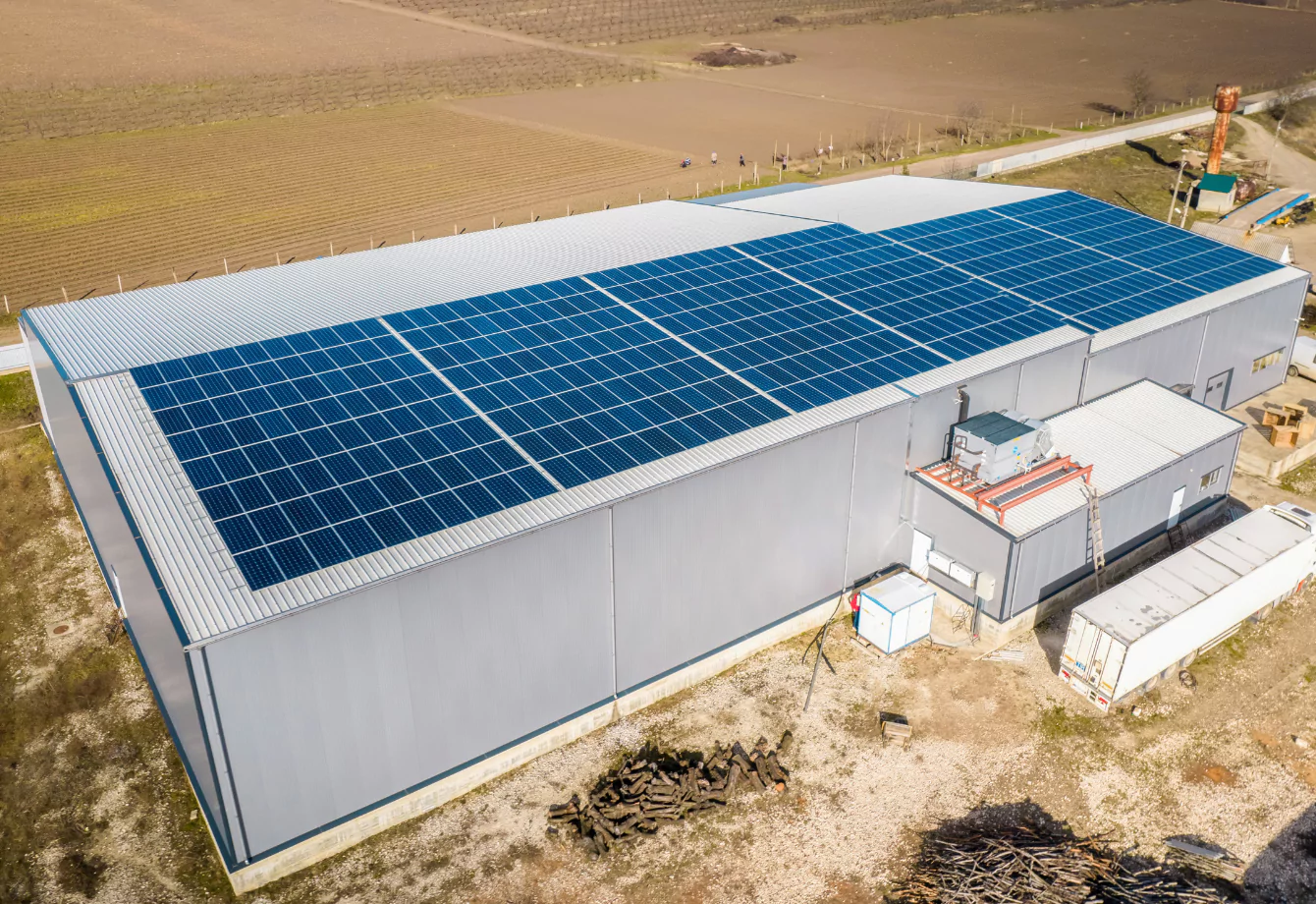
ZN PVT Solar Panels Cut Geothermal Drilling Costs and Boost Efficiency
The PV (photovoltaic) side of ZN PVT solar panels generates electricity, ready to power ground source heat pump or other equipment. Meanwhile, the thermal output directly heats the ground loop fluid.
This boosts the ground source heat pump’s exchange efficiency, potentially reducing the required drilling depth or number of boreholes, which cuts down installation costs.
In summer, the thermal energy from ZN PVT solar panels can even be used to “recharge” the underground thermal field, enhances the ground source heat pump’s long-term stability, stopping yearly temperature drops.
Choose ZN PVT Solar Panels for Widely Applications
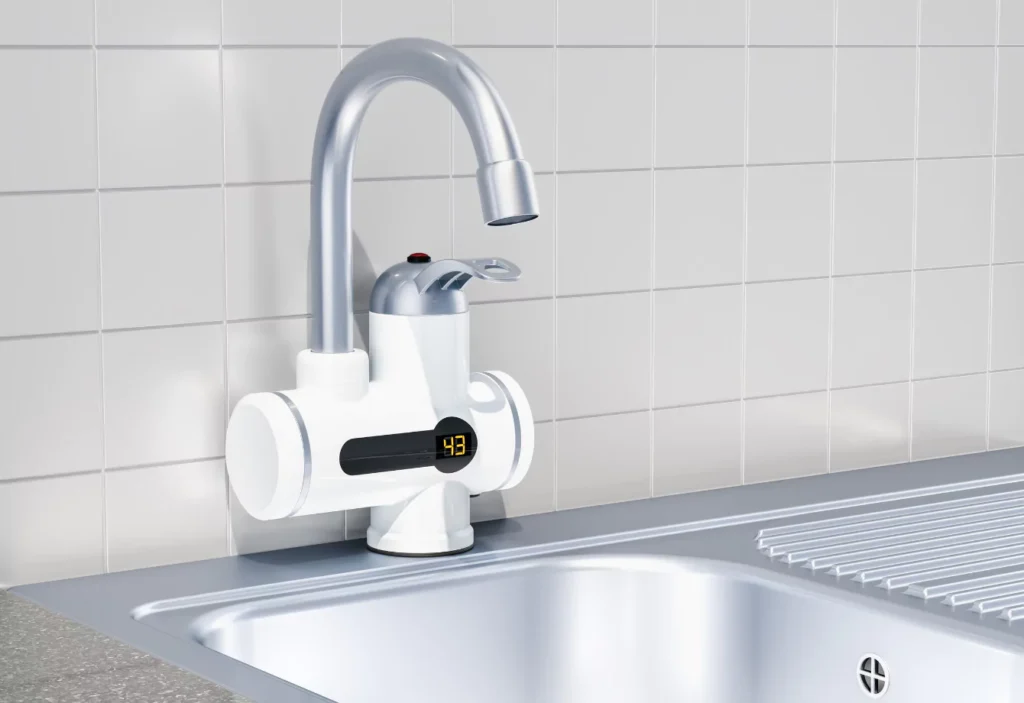
Residential Hot Water Supply
PVT solar panels pre-heat water, cutting water heater energy use for homes
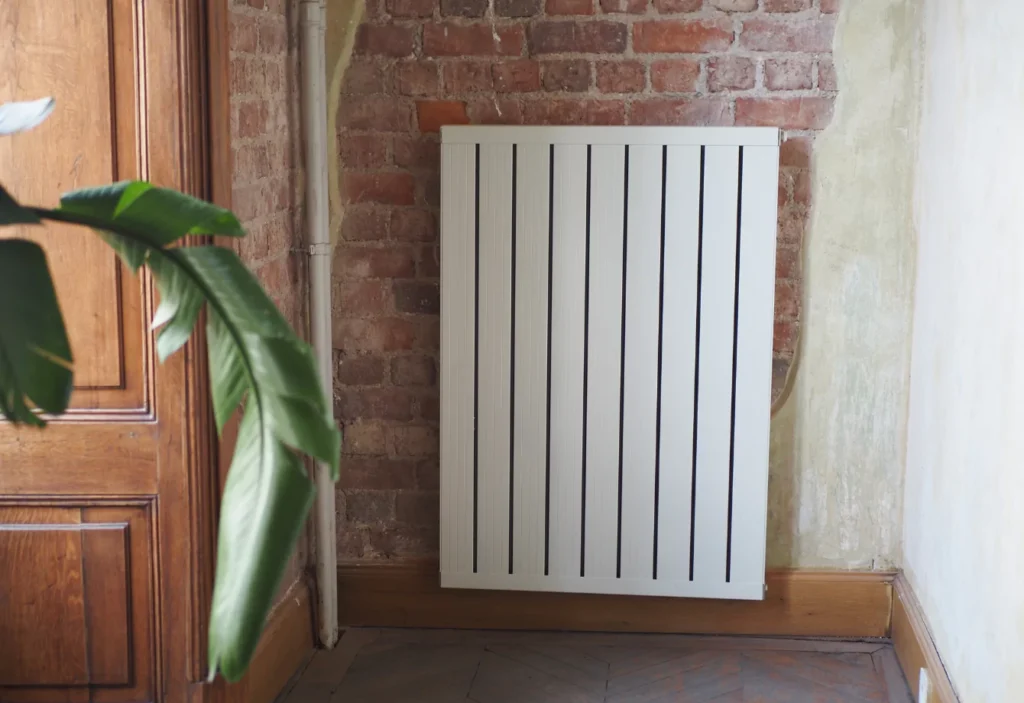
Residential Space Heating
PVT solar panels power water-source heat pumps, providing efficient home heating
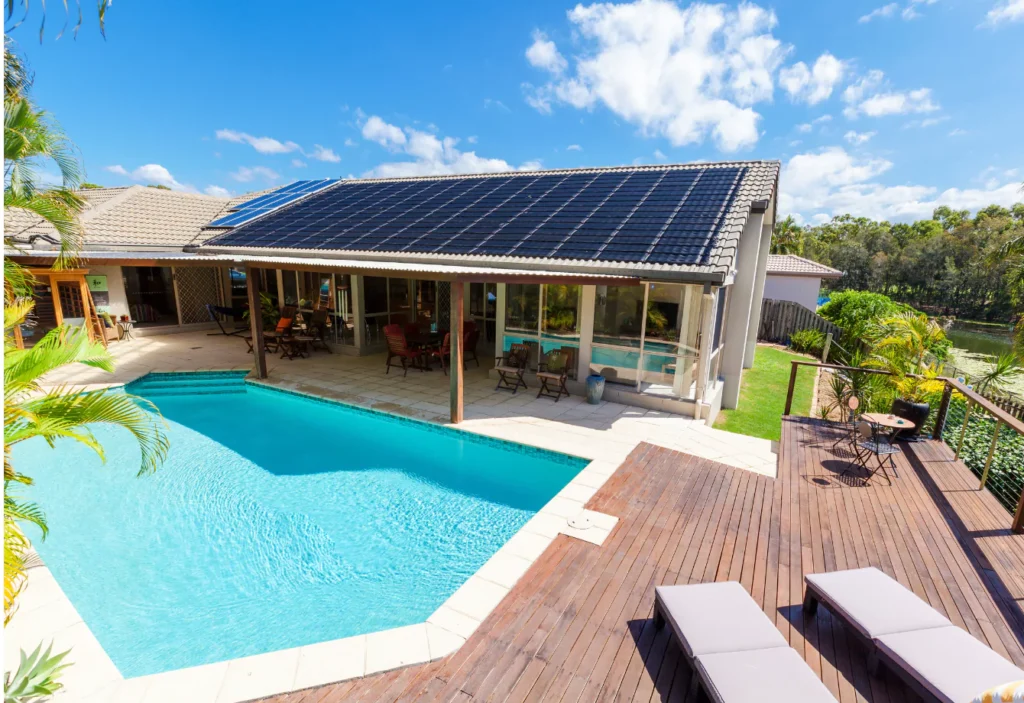
Swimming Pool Heating
PVT solar panels heat pool water, cutting heating costs with solar energy

School Hot Water and Heating
PVT solar panels provide schools with hot water and heating, saving energy for dorms and classrooms

Hospital Energy Supply
PVT solar panels deliver hot water and power for hospitals, reducing energy costs

Shopping Mall Heating and Cooling
PVT solar panels power mall heat pumps, slashing heating and cooling energy
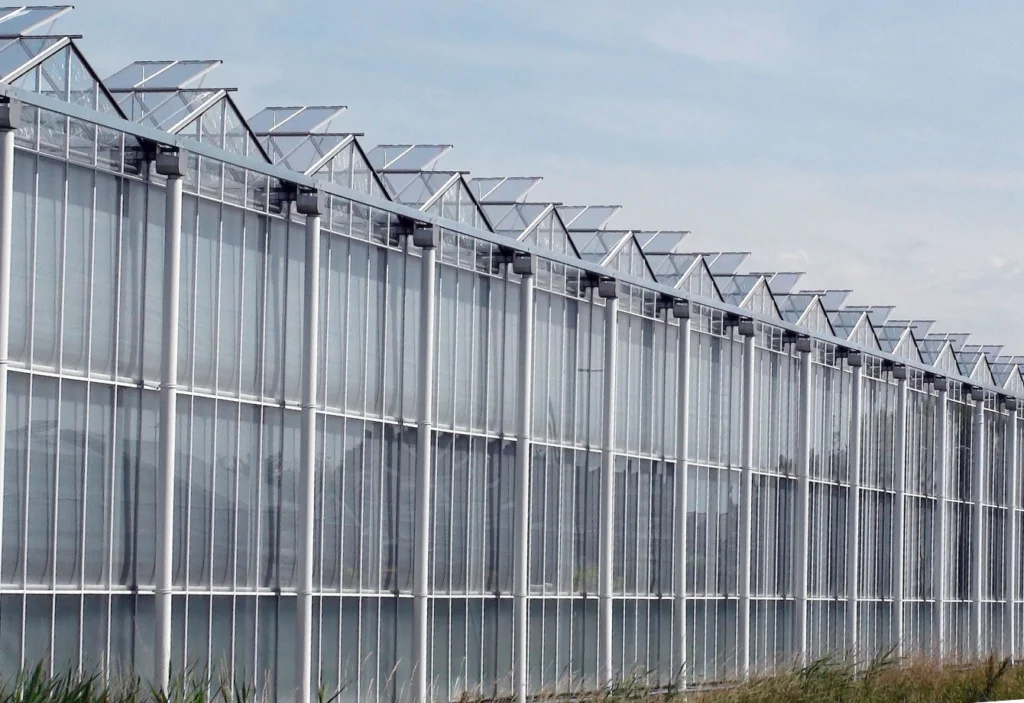
Greenhouse Heating for Agriculture
PVT solar panels maintain greenhouse temperatures, boosting crop yields and slashing energy costs
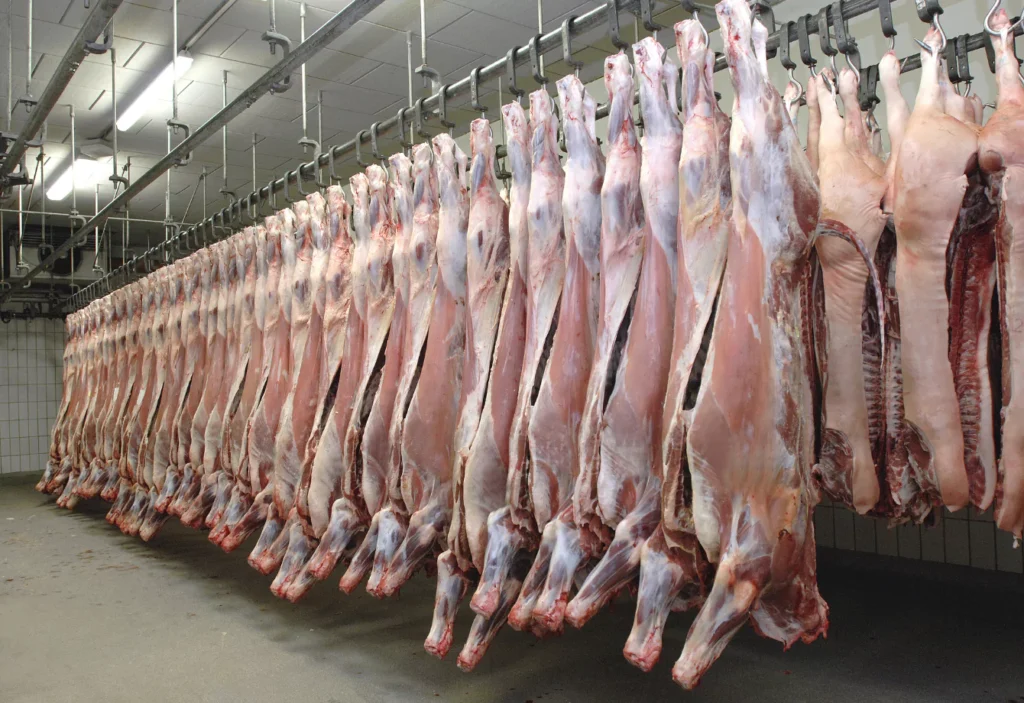
Slaughterhouse Hot Water
PVT solar panels power water-source heat pumps, heating slaughterhouse cleaning water and slashing energy costs

PVT Solar Panels Manufacturer in China
- Over 15 years of manufacturing experience
- A 20,000 m² manufacturing factory located in Shangdong
- Strong R & D team with 10+ professional engineers
- Holds ISO9001 international quality management system certification
- Offer customization covering branding, design, specifications
- 24/7 online service and one-stop heat pump supply chain
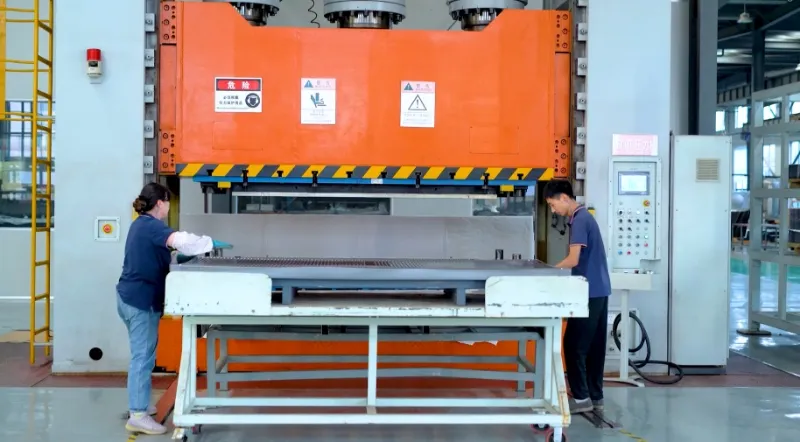
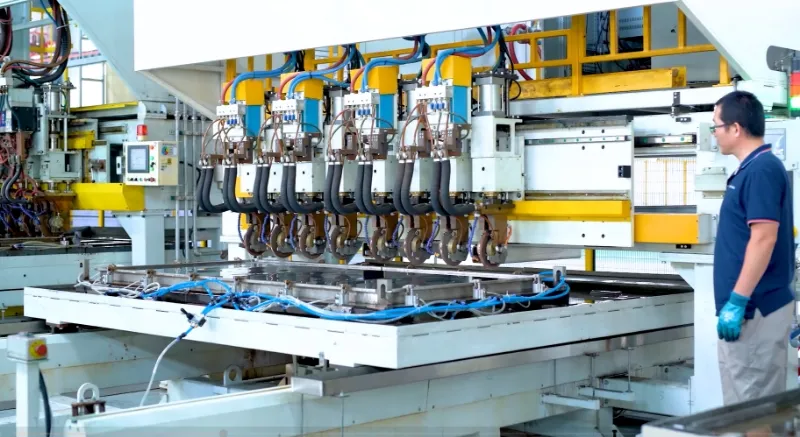

Hybrid solar panels can achieve combined efficiencies up to 81%, significantly higher than regular PV panels which typically convert 20-22% of solar energy into electricity. The thermal component captures heat that would otherwise be wasted.
While hybrid panels have a higher initial cost (about 25% more), they provide greater overall energy output (electricity + heat), reduce energy bills, and extend PV lifespan, making them cost-effective over the long term.
Hybrid PVT panels perform well in mild to warm climates. In very cold climates, vacuum tube solar collectors may provide better thermal performance in winter, but hybrid panels still offer higher total annual energy output when combining electricity and heat.
With active cooling, hybrid solar panels can extend PV cell life from the typical 30 years to up to 50 years, due to reduced thermal stress
They are ideal for residential and commercial buildings needing both electricity and hot water or heating, such as homes, swimming pools, and industrial process heating.
